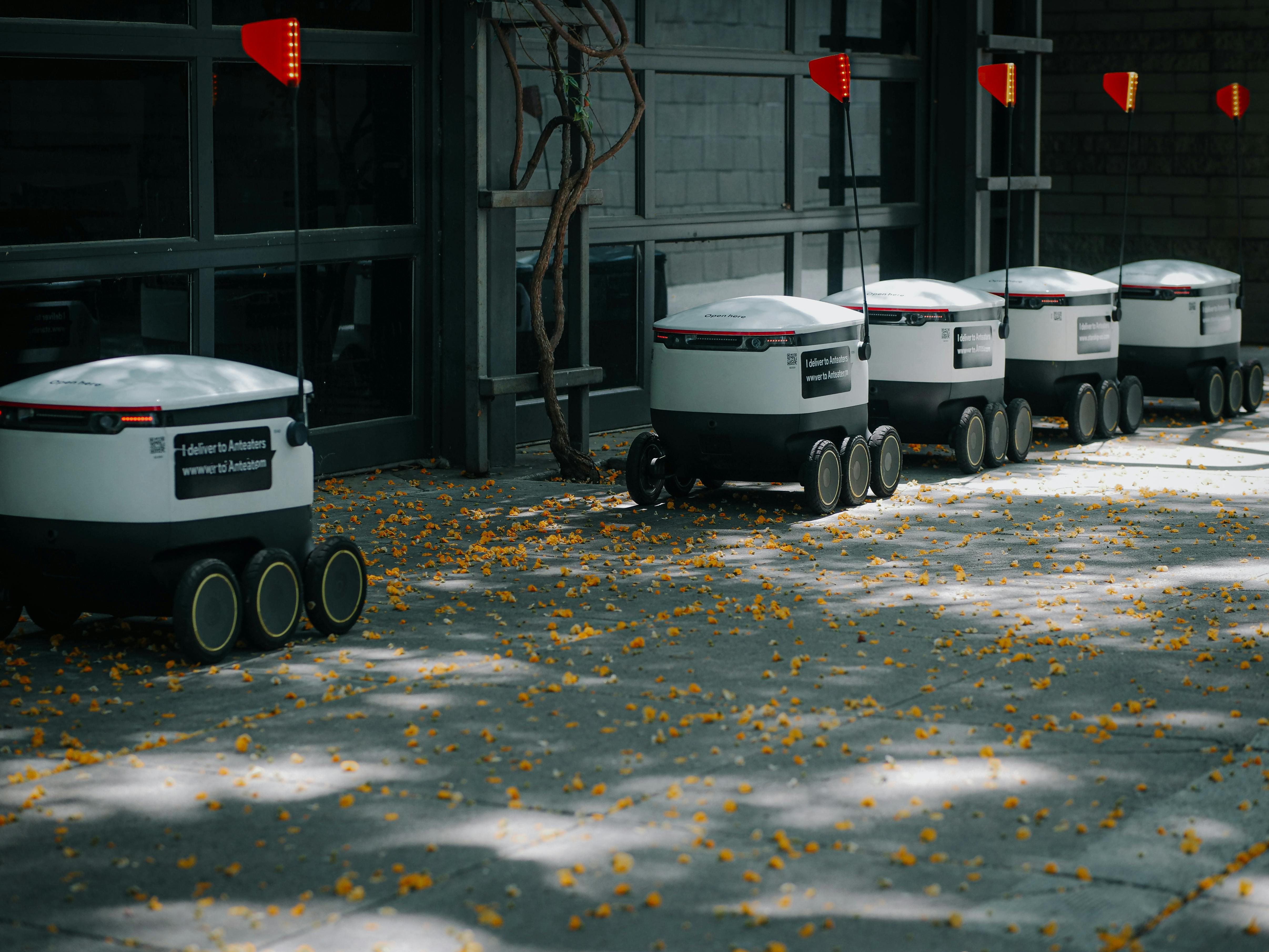
The Changing Landscape of Tech Employment
In recent years, the technology sector has seen profound transformations, especially in 2025, when companies like LinkedIn and Meta significantly reduced their workforces to adapt to new realities driven by artificial intelligence (AI). These layoffs, though often alarming, are indicative of a profound shift towards a more efficient, machine-driven approach that threatens traditional employment models.
LinkedIn’s Layoffs: A Case Study
LinkedIn, owned by Microsoft, laid off 281 employees across California as part of a broader restructuring initiative. The affected roles spanned various departments, including engineering, design, and product management, primarily in LinkedIn’s Sunnyvale and San Francisco offices. These layoffs were part of Microsoft’s plan to cut 6,000 roles globally by 2025, focusing its investments on AI capabilities.
The irony is palpable. The platform designed to connect professionals and facilitate job opportunities is itself a harbinger of job displacement. Microsoft CEO Satya Nadella indicated that AI is now responsible for writing up to 30% of their code. This statement not only highlights the rapid evolution of technology but also underscores the changing nature of workforce requirements within leading tech companies.
AI-Driven Efficiency: A Broader Trend
LinkedIn’s layoffs are not an isolated event; they’re part of a larger trend across the tech sector. Other giants like Meta have also trimmed their workforce. Meta, hitherto a market leader in social networking, laid off nearly 4,000 employees in early 2025, representing about 5% of its workforce. This was driven by a shift in focus towards enhancing their AI models and betting on artificial general intelligence (AGI).
Similarly, Autodesk, known for its design software, reduced its workforce by 9%—approximately 1,350 jobs—to adapt its business model for AI-powered tools. These restructurings are not merely about cost-cutting but are indicative of a broader industry transition towards AI-powered efficiency.
The Automation Dilemma
As technology advances, the capability of AI to perform tasks that traditionally required human intelligence grows. The 2025 tech layoffs highlight a fundamental trade-off: efficiency at the expense of employment. AI now has the potential to execute various functions—coding, design, and customer support—cheaper and faster than human teams. Companies are shifting funds from payroll to AI technologies and infrastructure.
According to reports, generative AI could automate 29% of all tech sector jobs by 2030. Firms are increasingly investing in AI platforms, which are proving to be more effective than human labor for various roles. Tools like GitHub Copilot have emerged as essential for companies looking to enhance their productivity.
Understanding Layoffs Amidst Profits
At first glance, persistent layoffs amidst record revenues may appear contradictory. Companies such as Microsoft reported a 14% quarterly revenue increase, bolstered largely by services like Azure AI. Likewise, Meta’s stock reached an all-time high following its advancements in AI.
Even LinkedIn experienced a rise in advertising revenue despite its workforce reductions. Analysts indicate that the layoffs are less about financial struggles and more about reallocating resources to meet future growth demands driven by AI.
As one industry analyst put it, this situation is about efficiency and focus, not failure. Corporations are modifying their workforce strategies to prioritize AI innovations—an essential pivot in today’s tech landscape.
The Impact on Tech Employment in India
The implications of these layoffs extend globally, notably affecting tech professionals in countries like India. Many Indian workers are employed by leading firms like LinkedIn and Meta and are now navigating a precarious job market filled with both risks and opportunities.
Risk: There’s a real threat of job redundancy, particularly for mid-level roles in development and design.
Opportunity: Conversely, there’s a soaring demand for roles such as AI engineers, prompt engineers, and data scientists. Hiring managers are redefining their talent acquisition strategies, increasingly seeking AI-native developers rather than traditional coders. This shift demonstrates a significant transformation in skill requirements across the tech industry.
Conclusion: Adapting to a New Normal
2025 has brought about a paradigm shift in tech employment, marked by layoffs that seem to signal a new normal rather than a temporary issue. The massive workforce contractions reflect the AI-driven reset permeating the global tech industry.
For professionals in the sector, the challenge is clear: Adapt to the demands of AI or risk obsolescence. Those who are ready to embrace the technological advancements will likely thrive in this evolving landscape, while others may find the transition more difficult.
Thus, the future of tech work is filled with both uncertainty and potential. As industries reformulate their approaches to talent and technology, individuals must ready themselves to navigate this new frontier. The onus is on tech professionals to be proactive in enhancing their skills, aligning with the ongoing changes in the industry.
Key Takeaways:
- LinkedIn laid off 281 employees, indicating a shift in focus towards AI-driven solutions.
- Meta cut around 4,000 jobs as part of its drive towards AGI and AI models.
- Autodesk reduced its global workforce by 9% to adapt to changing market demands.
- Job roles in tech are rapidly transitioning from traditional positions to AI-oriented ones, reflecting the industry’s new focus.